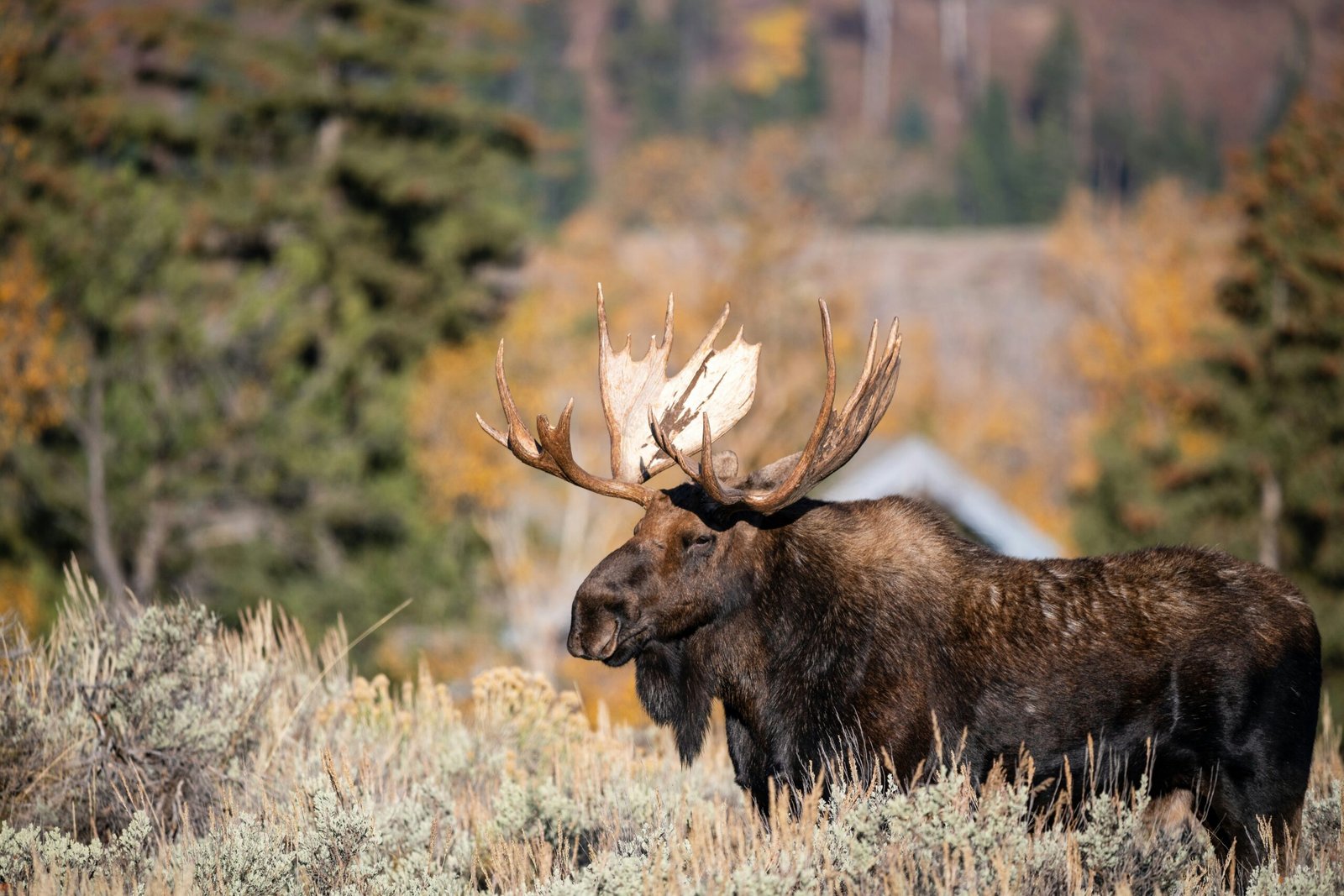
Introduction to Moose
Moose are fascinating creatures that inhabit the forests and wetlands of North America, Europe, and Asia. Known for their impressive size and unique antlers, moose play a vital role in their ecosystem. This tutorial will provide a comprehensive step-by-step guide to understanding these magnificent animals, including their habits, habitat, and conservation efforts.
Step 1: Understanding Moose Habitat
Moose thrive in diverse habitats, primarily in forests, wetlands, and swamps. They prefer areas with abundant vegetation, particularly aquatic plants. By recognizing the types of environments moose inhabit, we can better appreciate their ecological needs and the importance of preserving these habitats.
Step 2: A Closer Look at Moose Behavior
Moose are solitary animals, often found foraging for food during dawn and dusk. They have a unique diet consisting mainly of leaves, twigs, and shrubs. Understanding their behavior can help us comprehend their role in the food chain and the necessity of safeguarding their populations. Observing moose in their natural habitat can be an unforgettable experience, but it should always be done with caution and respect for their space.
Step 3: Conservation Efforts
The conservation of moose is crucial due to various environmental threats, including habitat loss and climate change. Numerous organizations are dedicated to protecting moose populations through education, habitat restoration, and research. Engaging in conservation efforts and advocating for sustainable practices can greatly contribute to the wellbeing of these incredible animals.
Conclusion
By following this step-by-step tutorial, you are now better equipped to appreciate the complexity of moose and their importance within our ecosystems. Remember, awareness and education are the first steps toward effective conservation.